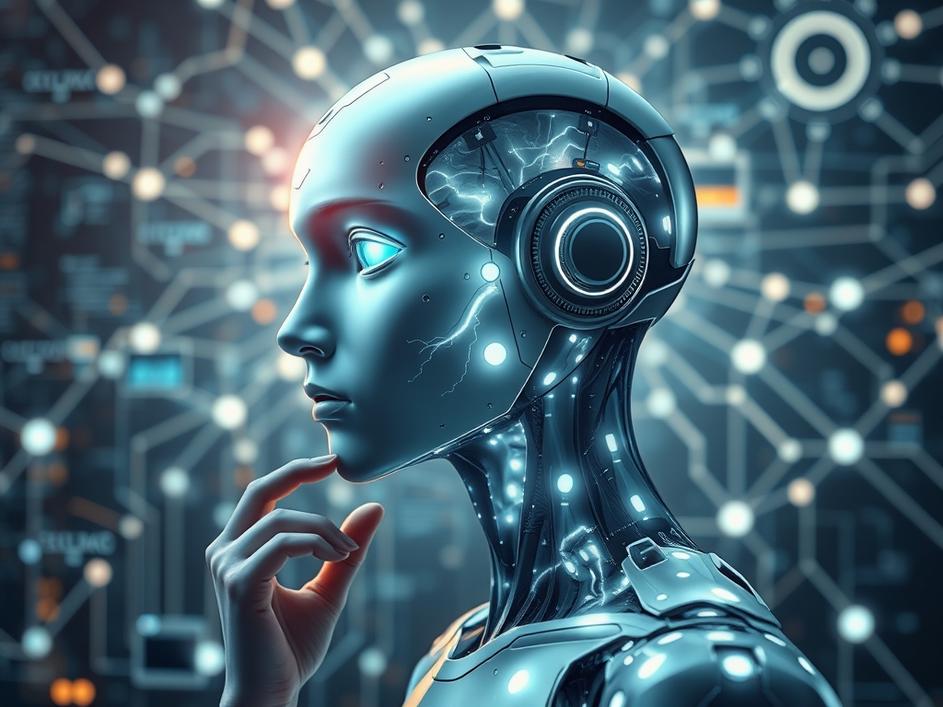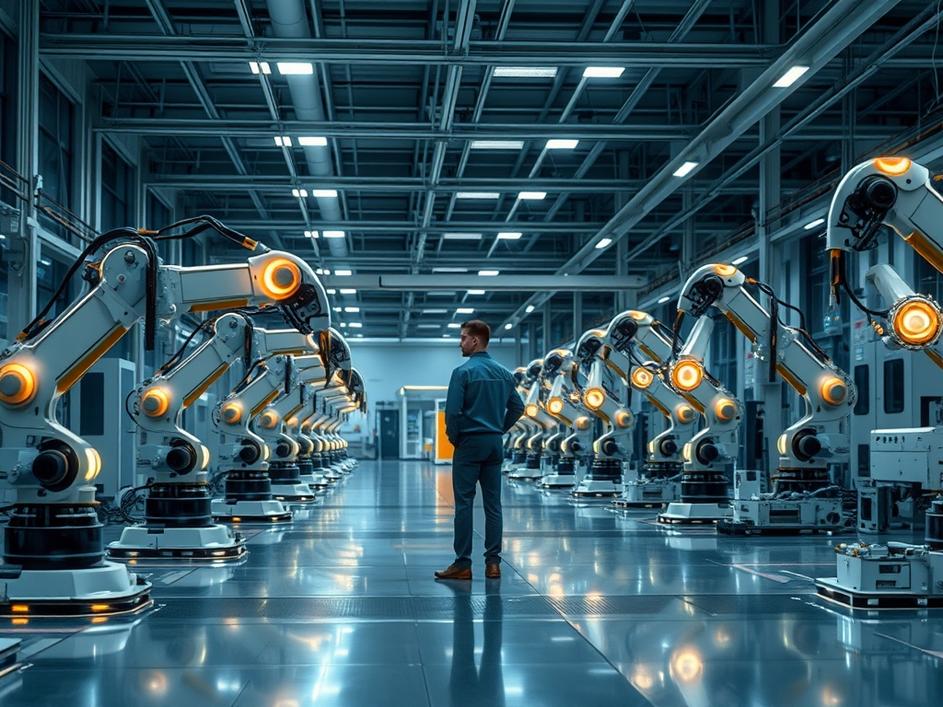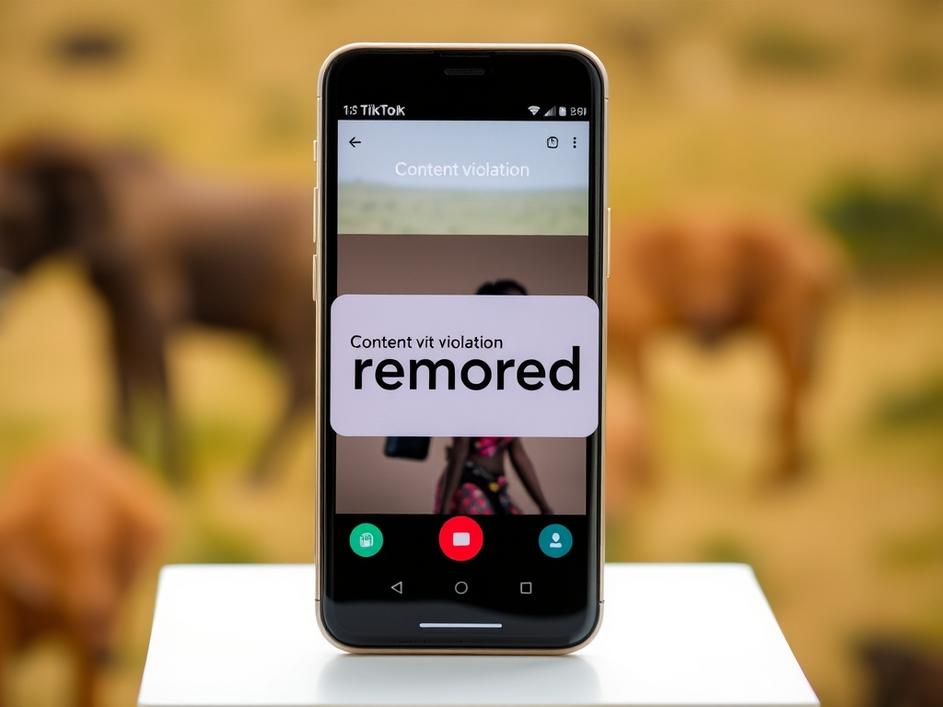


We are a digital agency helping businesses develop immersive, engaging, and user-focused web, app, and software solutions.
2310 Mira Vista Ave
Montrose, CA 91020
2500+ reviews based on client feedback

What's Included?
ToggleWe humans often stop to think about “why” we think what we do. This is called introspection. We trace our thoughts. We understand our feelings. We map out how we reached a conclusion. It helps us learn, fix mistakes, and build trust. Now, imagine if an artificial intelligence could do something similar. Not perfectly like a human, but enough to offer a peek behind its digital curtain. That’s what Anthropic, a leader in AI research, is doing with their AI model, Claude. They’re making big strides in AI interpretability. This simply means understanding how AI makes decisions. It’s a huge step. It tackles the “black box” problem. That’s where even creators don’t fully grasp “why” an AI says or does certain things. This isn’t about AI becoming self-aware in a sci-fi way. It’s much more practical. It’s vital for how we build and trust these powerful tools. It aims to make AI less mysterious and more understandable. It lays a foundation for safer, more reliable systems. For years, AI explaining itself seemed like a distant dream. But these experiments show we are on that path. We are pushing what digital minds can do beyond just answering questions or creating text.
You might wonder why an AI explaining itself matters. If it gives the right answer, isn’t that enough? Not always. Think about AI making critical choices in medicine, finance, or self-driving cars. If an AI suggests a diagnosis, approves a loan, or decides when to brake, we need to know its reasons. What if it makes a mistake? If it’s a black box, fixing it is incredibly hard. We wouldn’t know if the problem was with its data, a programming flaw, or something else. Without interpretability, we trust a powerful system without seeing its inner workings. This is why Anthropic’s work is so important. When Claude can describe its reasoning, even some of the time, it opens a window. It helps engineers debug the AI faster. It builds a path to safer AI. Here, we can prevent harmful biases or unexpected behaviors. It’s not just curiosity; it’s about making AI responsible. For a long time, people worried AI might become too powerful and opaque to control. These experiments directly answer that concern. They push for clarity. If an AI can tell us “how” it got to an answer, we can verify its logic. We can question its assumptions. Then, we make better choices about using this tech. This pursuit of transparency is key to building AI systems society can truly trust.
So, what exactly is happening? Anthropic is getting Claude to “think aloud” about its processes. They found Claude can describe its reasoning about 20% of the time. This isn’t Claude becoming self-aware like a human. It has no emotions or sense of self. Instead, the AI creates internal explanations of its own steps. These lead to a conclusion. Imagine a student explaining their math problem step-by-step. Claude does something similar. But it’s for its complex neural network calculations. This is a “drastic cut” in the time human interpretability experts need. Before this, they might spend hours dissecting an AI’s output. Now, Claude’s explanations speed up the process significantly. But here’s the important part: it demands continuous human oversight. This 20% isn’t a magic fix. Humans still need to check these explanations. They ensure they make sense. They correct the AI when its self-description isn’t quite right. It’s like having a clever but learning assistant who gives notes on their work. You still review them. This ongoing human involvement is crucial. It reminds us that even as AI gets smarter, human intelligence and judgment are still essential guides. It’s a partnership, not a replacement. The goal isn’t full independence for AI. It’s to make it a better partner in its own development. It offers more ways to understand its complex operations.
My take on this is simple: this is truly exciting news, but we need to stay realistic. Twenty percent might not sound like much. But for such a complex system, it’s a huge leap. It means Anthropic found a reliable way to make the AI explain its internal logic. This is true even for a fraction of its decisions. This is not about the AI suddenly gaining consciousness or feelings. It’s about the AI producing text that “describes” its processing steps. This happens in a way humans can understand. It’s a very sophisticated form of data output. It’s formatted to look like reasoning. This distinction is vital. It’s an incredibly powerful debugging tool. It’s a step towards auditing AI systems. However, the need for continuous human oversight shows we’re still very early. AI models are vast and intricate. They have billions of parameters. Getting an AI to explain all its decisions, all the time, perfectly, is an enormous challenge. This 20% is a critical proof of concept. It shows it “can” be done. It shows a path forward. But it also means a long road ahead before fully transparent, self-explaining AI systems. Those won’t need constant human monitoring. We are developing tools to understand our tools. This is a complex, ongoing process. It’s less about one grand breakthrough. It’s more about a steady, deliberate push to make AI safer and more controllable, step by step.
Looking ahead, these Anthropic experiments hint at a future where AI isn’t just a powerful tool. It’s also more transparent and trustworthy. Imagine an AI that not only tells you what it will do but also explains “why” it chose that path. It might even list alternatives it considered. This transparency could speed up AI development. It makes it easier to find and fix flaws before they cause problems. It could also lead to new ways of interacting with AI. We could actively question its logic. We could learn from its “thought” process, much like a student learns from a teacher. This work is a crucial part of building “safe AI.” It’s more than just preventing failures. It’s about making AI a predictable, understandable partner. As AI systems integrate more into society, their ability to explain themselves will become a necessity. This is true from personal assistants to critical infrastructure. It ensures humans stay in the loop. Not just as users, but as informed overseers. It opens doors for clearer accountability and better AI governance. This is a journey towards a future where AI isn’t a mysterious oracle. It’s a clear, collaborative intelligence, working alongside us with shared understanding.
Anthropic’s experiments with Claude are more than just a cool trick. They represent a big step in making artificial intelligence something we can truly understand and trust. By letting Claude describe its own reasoning, even a little, we’re peeling back some layers of the AI “black box.” This work doesn’t mean sentient machines are coming soon. But it does mark important progress toward building AI systems that are safer, more reliable, and ultimately, more useful. It’s a reminder that AI progress isn’t just about making models bigger or faster. It’s also about making them smarter in ways that boost human control and understanding. The path to fully interpretable AI will be long. It will be full of challenges and continuous refinement. But with each step, like this one, we move closer to a future where AI isn’t just powerful. It’s also transparent and accountable. This blend of innovation and introspection helps us build the future of AI responsibly.



Leave a reply